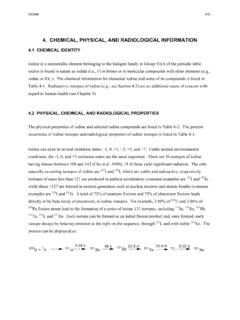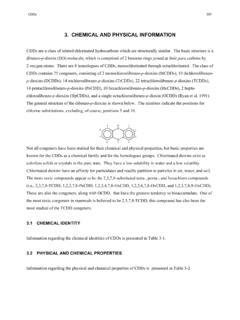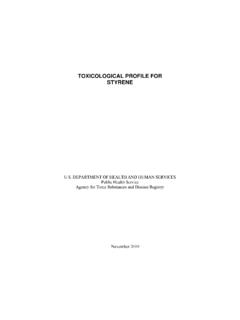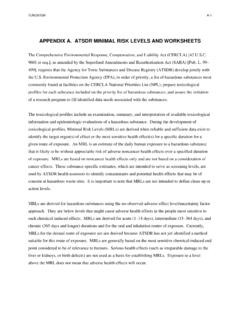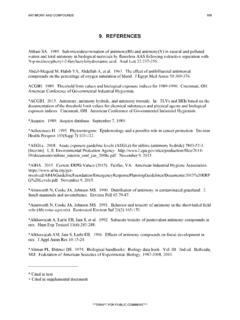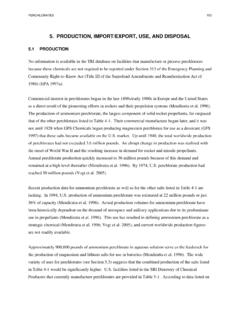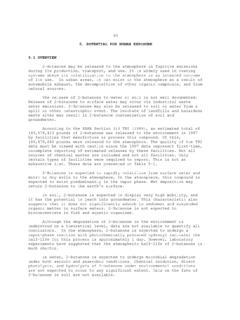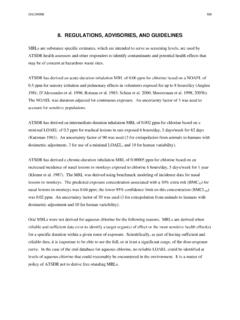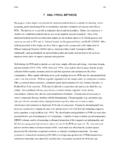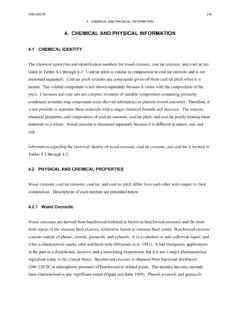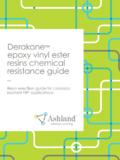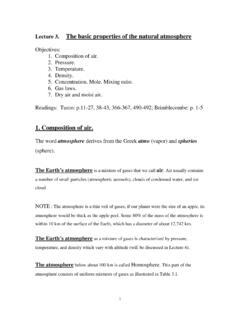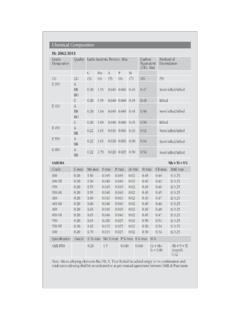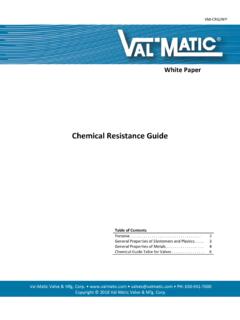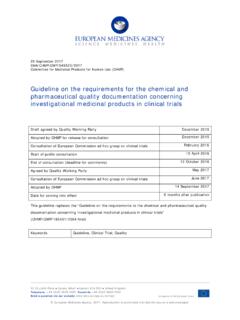Transcription of 3. CHEMICAL AND PHYSICAL INFORMATION 3.1 CHEMICAL …
1 FUEL OILS 105 3. CHEMICAL AND PHYSICAL INFORMATION CHEMICAL IDENTITY INFORMATION regarding the CHEMICAL identity of fuel oils is located in Table 3-l. INFORMATION on the composition of selected fuel oils, specifically fuel oil no. 2 and kerosene, is presented in Table 3-2. All of the fuel oil classes discussed in this Profile are refined from crude petroleum and may be categorized as either a distillate fuel or a residual fuel depending on the method of production. Fuel oils no. 1 and no. 2 are distillate fuels which consist of distilled process streams. Residual fuel oils such as fuel oil no. 4 are residues remaining after distillation or cracking, or blends of such residues with distillates (IARC 1989).
2 Diesel fuels are approximately similar to fuel oils used for heating (fuel oils no. 1, no. 2, and no. 4). All fuel oils consist of complex mixtures of aliphatic and aromatic hydrocarbons. The aliphatic alkanes (paraffins) and cycloalkanes (naphthenes) are hydrogen saturated and compose approximately 80-90% of the fuel oils. Aromatics ( , benzene) and olefins ( , styrene and indene) compose 10-20% and l%, respectively, of the fuel oils. Fuel oil no. 1 (straightrun kerosene) is a light distillate which consists primarily of hydrocarbons in the C9 C16 range; fuel oil no. 2 is a heavier, usually blended, distillate with hydrocarbons in the C11-C20 range. Straight-run distillates may also be used to produce fuel oil no.
3 1 and diesel fuel oil no. 1. Diesel fuel no. 1 and no. 2 are similar in CHEMICAL composition to fuel oil no. 1 and fuel oil no. 2, respectively, with the exception of the additives. Diesel fuels predominantly contain a mixture of C10 through C19 hydrocarbons, which include approximately 64% aliphatic hydrocarbons, l-2% olefinic hydrocarbons, and 35% aromatic hydrocarbons (Air Force 1989). Jet fuels are based primarily on straight-run kerosene, as well as additives. All of the above fuel oils contain less than 5% polycyclic aromatic hydrocarbons. Fuel no. 4 (marine diesel fuel) is less volatile than diesel fuel no. 2 and may contain up to 15% residual process streams, in addition to more than 5% polycyclic aromatic hydrocarbons (IARC 1989).
4 Residual fuel oils are generally more complex in composition and impurities than distillate fuel oils; therefore, a specific composition cannot be determined (Air Force 1989). Sulfur content in residual fuel oils has been reported to be from to by weight. FUEL OILS 108 CHEMICAL AND PHYSICAL INFORMATION PHYSICAL AND CHEMICAL PROPERTIES INFORMATION regarding the PHYSICAL and CHEMICAL properties of fuel oils is located in Table 3-3.

